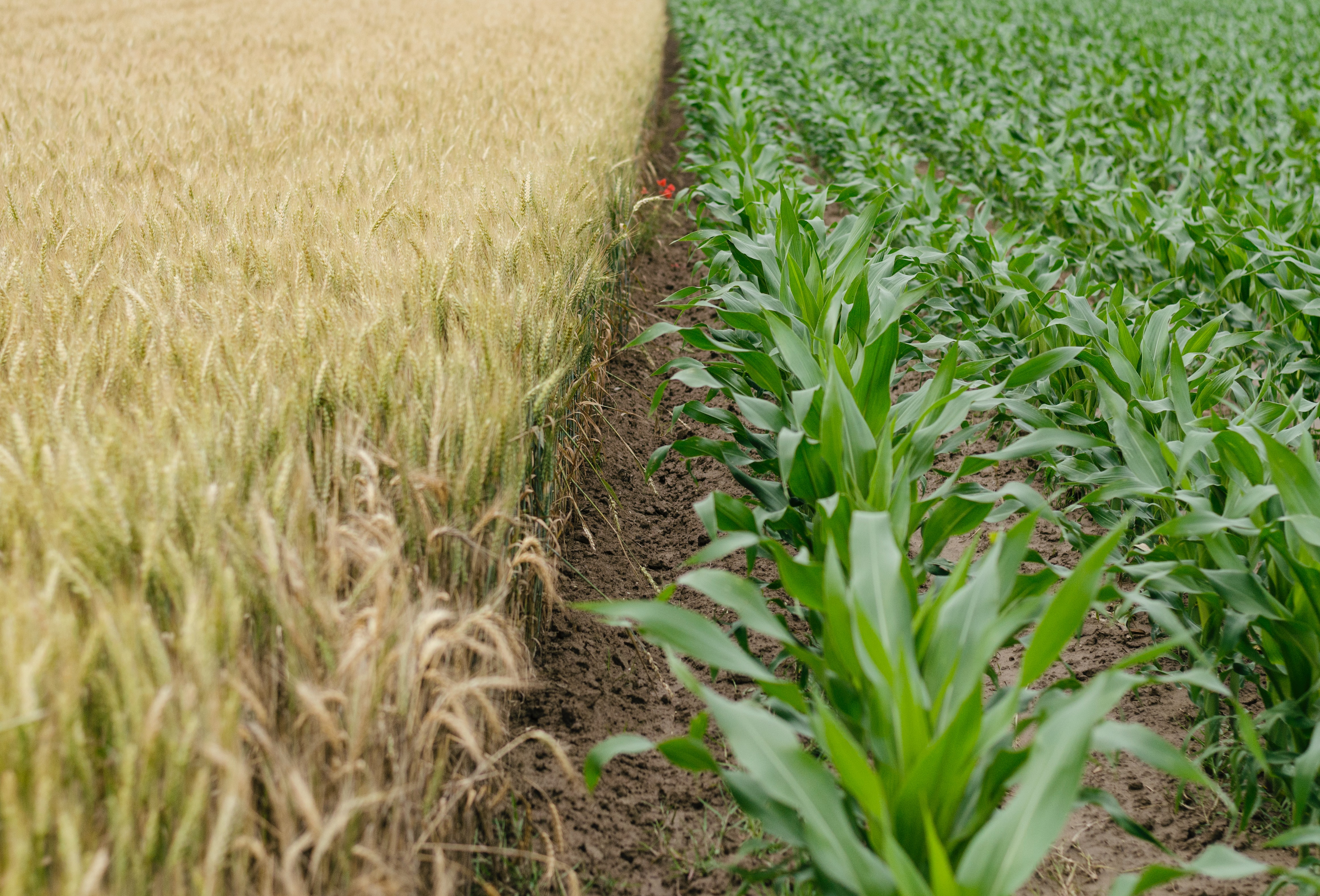Approximately 60-80% of the world’s food is grown by women, but women farmers are consistently seen to be less productive than male farmers. This gender gap in productivity, measured by the value of agricultural produce per unit of cultivated land, has nothing to do with work ethic and more to do with unequal access to education and means of production. Researchers hypothesize that women farmers, in Sub-Saharan Africa specifically, face more institutional constraints than male farmers during the production process.
Women farmers in Sub-Saharan African have unequal access to important agricultural inputs such as labour, high-yield crops, pesticides, fertilizers and basic education. Due to this, women are less likely to have access to the means to plant high-value crops and thus benefit from those profits. The gender gap not only affects the women working in agriculture, but also food security, national GDP and overall poverty levels. The average, annual cost of the gender gap in Sub Saharan Africa is $90 million. Closing the gender gap would raise crop production in this area by up to nineteen percent. In Ethiopia, a 1.4% increase in crop production translates into a $221 million increase in agricultural GDP. As such, closing the gender gap in agricultural productivity will yield far reaching benefits including poverty reduction and food security. Given all the benefits of minimizing this gender gap, it is important to ask why it still persists.
Studies have found that this persistence is related to the negative feedback loop within agricultural productivity. Many women in Sub-Saharan African, are restricted by local gender norms when it comes to agency and education. As such, many women enter the agricultural labour market with fewer important inputs such as time, information, equipment and high-value seeds. Low agricultural productivity, also, leads to more intensive farming which leads to degradation of the land and a further decrease in output. Given this, women in the agricultural sector produce less output and generate fewer profits. This results in an inability to invest in productive capital which, in return, results in a lower agricultural productivity for women farmers.
Addressing the institutions that limit women farmers from accessing quality inputs is, therefore, critical to close the gender gap in agricultural productivity. On top of continuing to tackle institutional barriers, it is important to encourage the implementation of policy solutions that could help close this gap.
Hiring disparities between women and men plays a major role in the productivity disparity between women and men in the agricultural sector. Giving women access to labour hiring markets is an integral part of improving their productivity. Currently, cultural norms limit women from hiring labour, specifically male labour. As such, it is vital to enable and encourage women’s access to hired labour. This can be done through the distribution of cash vouchers for labour hiring and education on hiring practices.
Another vital step in closing the agricultural productivity gender gap is encouraging women to own and invest in their land. Gender norms and institutions dictate that women in many Sub-Saharan African countries are either not allowed to or are unlikely to own land. This decreases the likelihood that women farmers will invest more in their land or grow high-value crops, which, in turn, reduces output from a given plot of land and thus reduces overall productivity. To encourage fruitful investment in land, it is important that women are given the right to own land. This can be accomplished through facilitating co-ownership through women’s farming collectives and continuing to fight the gender norms that preclude women from owning land.
It is important to implement policy solutions that will give women the means to become more productive in the agricultural sector, but it is also imperative that we continue to fight gender norms and cultural institutions that limit women farmers’ productivity in the first place. In many countries in Sub-Saharan Africa, gender roles dictate the gender balance of the workforce, this leading to fewer women farmers. Many women are limited in their ability to work, as gender norms often place them in responsibility of maintaining the household and providing child care. Encouraging a more balanced share of household work will allow women farmers to dedicate more time to work which will increase their productivity. Women farmers also face institutional barriers such as lack of both financial and agricultural education which greatly limit their productivity. Encouraging education for women is, thus, vital to closing the agricultural productivity gender gap.
The importance of closing the agricultural productivity gender gap cannot be overstated. The empowerment of women farmers in Sub-Saharan Africa has the power to greatly improve productivity in the agricultural industry, helping engender positive spillover effects such as improving GDP, increasing food security and lowering overall poverty.
Edited by Yu Xuan Zhao.
Photo credits: features image by Henry B, published on June 3rd, 2016, under Unsplash License. No changes were made
Jasmine Acharya is in her fourth and final year at McGill University finishing her B.A. in Economics with a minor in the History and Philosophy of Science. As a staff writer for Catalyst she is particularly interested in wealth inequality and women’s health issues.

